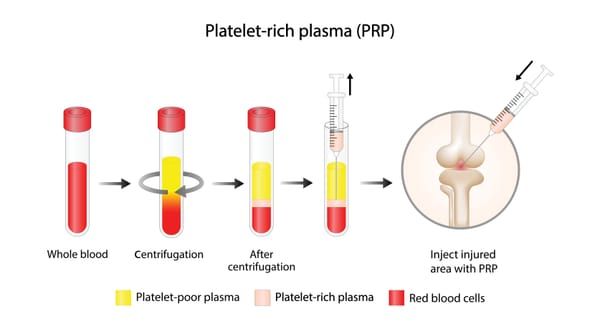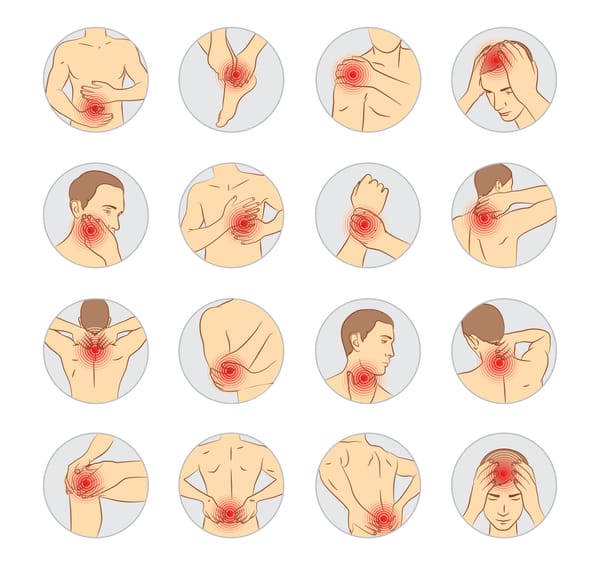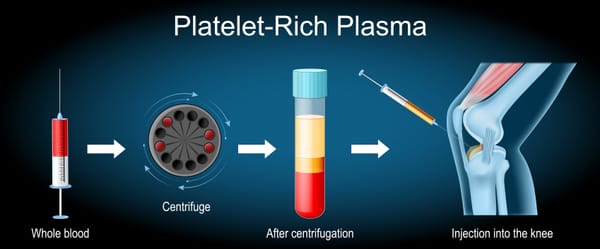Understanding Pain in Cancer Patients: Exploring the Sources and Finding Relief

Pain is a common and often distressing experience for people with cancer, impacting their quality of life and emotional well-being. It can arise from the disease itself, treatments, or other related factors, and its intensity and nature vary widely among patients. Understanding the sources of pain in cancer patients is crucial for effective management and support.
In this blog post, we’ll explore the various causes of cancer-related pain, how they manifest, and strategies for relief, all explained clearly for a general audience.
Why Pain Occurs in Cancer Patients
Pain in cancer patients is complex and multifactorial, meaning it can stem from multiple sources simultaneously. It may be acute (short-term) or chronic (lasting months), and its severity can range from mild to debilitating. Pain can also be physical, emotional, or a combination of both, influenced by the cancer’s type, stage, location, and the patient’s overall health. Below, we’ll break down the primary sources of pain in cancer patients.
Common Sources of Pain in Cancer Patients
1. Tumor-Related Pain
- What It Is: Pain caused directly by the cancer itself as it grows, spreads, or presses on surrounding tissues.
- How It Happens:
- Direct Invasion: Tumors can invade bones, nerves, muscles, or organs, causing localized pain. For example, bone metastases (cancer spreading to bones) are a common cause of severe pain in cancers like breast, prostate, or lung cancer.
- Compression: Tumors may compress nerves, blood vessels, or organs, leading to pain. For instance, a tumor pressing on the spinal cord can cause back pain or radiating nerve pain.
- Obstruction: Tumors blocking ducts or passages (e.g., bile ducts or intestines) can cause cramping or visceral pain.
- Symptoms: Sharp, aching, or throbbing pain in the affected area, often worsening as the tumor grows. Bone pain may feel deep and constant, while nerve pain can be burning or shooting.
- Prevalence: Up to 50-70% of advanced cancer patients experience tumor-related pain, per a 2019 study in Journal of Pain and Symptom Management.
2. Treatment-Related Pain
- What It Is: Pain resulting from cancer treatments like surgery, chemotherapy, radiation, or immunotherapy.
- How It Happens:
- Surgery: Post-surgical pain from incisions, tissue removal, or nerve damage (e.g., mastectomy or amputation).
- Chemotherapy: Peripheral neuropathy (nerve damage) causing burning, tingling, or numbness in hands and feet, common with drugs like taxanes or platinum-based agents.
- Radiation Therapy: Skin irritation, mucositis (painful inflammation of mucous membranes), or fibrosis (scar tissue) causing discomfort.
- Immunotherapy or Targeted Therapies: Joint pain, muscle aches, or inflammation as side effects.
- Symptoms: Vary by treatment—sharp incisional pain, burning neuropathic pain, or sore, inflamed tissues. Neuropathy may persist long after treatment ends.
- Prevalence: 20-50% of patients undergoing active treatment report pain, per a 2020 review in Supportive Care in Cancer.
3. Musculoskeletal Pain
- What It Is: Pain in muscles, joints, or bones not directly caused by the tumor but related to cancer’s effects or immobility.
- How It Happens:
- Weakness or Deconditioning: Prolonged bed rest or reduced activity weakens muscles, leading to stiffness or aches.
- Bone Loss: Cancer treatments like hormone therapy (e.g., for breast or prostate cancer) can cause osteoporosis, increasing fracture risk and pain.
- Joint Stiffness: Inflammation or reduced mobility from cancer or treatments can cause arthralgia (joint pain).
- Symptoms: Dull, aching pain in muscles or joints, stiffness, or discomfort worsened by movement or prolonged positions.
- Prevalence: Musculoskeletal pain affects 30-40% of cancer patients, especially those with prolonged treatment or advanced disease, per a 2018 study in Pain Medicine.
4. Neuropathic Pain
- What It Is: Pain from damage or irritation to nerves, distinct from tumor compression.
- How It Happens:
- Chemotherapy-Induced Neuropathy: Drugs like vincristine or cisplatin damage peripheral nerves.
- Surgical Nerve Damage: Procedures like lymph node dissection can injure nerves, causing chronic pain.
- Paraneoplastic Syndromes: Rare immune responses to cancer can affect nerves, leading to pain or numbness.
- Symptoms: Burning, tingling, shooting, or electric-shock-like pain, often in the hands, feet, or along nerve paths, sometimes with numbness or sensitivity.
- Prevalence: Neuropathic pain affects 20-40% of cancer patients, particularly those on neurotoxic chemotherapies, per a 2021 study in Current Pain and Headache Reports.
5. Visceral Pain
- What It Is: Pain from internal organs affected by cancer or its complications.
- How It Happens:
- Organ Invasion: Tumors in organs like the liver, pancreas, or lungs cause deep, diffuse pain.
- Obstruction or Distension: Blockages (e.g., in the bowel or urinary tract) or fluid buildup (e.g., ascites) stretch organs, causing discomfort.
- Inflammation: Cancer-related inflammation in organs like the stomach or intestines.
- Symptoms: Cramping, gnawing, or aching pain, often poorly localized and accompanied by nausea or bloating.
- Prevalence: Visceral pain is common in abdominal or pelvic cancers, affecting 30-50% of patients with advanced disease, per a 2019 review in The Lancet Oncology.
6. Mucositis and Skin-Related Pain
- What It Is: Pain from damage to mucous membranes or skin, often treatment-related.
- How It Happens:
- Mucositis: Chemotherapy or radiation damages the lining of the mouth, throat, or digestive tract, causing painful sores.
- Skin Reactions: Radiation burns, chemotherapy rashes, or immunotherapy-related dermatitis.
- Infections: Weakened immune systems increase risk of painful infections like shingles.
- Symptoms: Raw, burning, or stinging pain in the mouth, throat, or skin, often worsened by eating, swallowing, or touch.
- Prevalence: Mucositis affects 40-70% of patients receiving chemotherapy or head/neck radiation, per a 2020 study in Supportive Care in Cancer.
7. Psychological and Referred Pain
- What It Is: Pain influenced by emotional or neurological factors, or pain felt in the hip but originating elsewhere.
- How It Happens:
- Psychological Amplification: Anxiety, depression, or fear can heighten pain perception, common in cancer due to its emotional toll.
- Referred Pain: Pain from other areas (e.g., spine, pancreas, or diaphragm) felt in the hip, such as shoulder pain from lung cancer metastases.
- Symptoms: Diffuse, aching pain that may not match physical findings, or pain in unexpected areas linked to other organs.
- Prevalence: Psychological factors contribute to pain in 20-30% of cancer patients, per a 2018 study in Psycho-Oncology.
Managing Pain in Cancer PatientsEffective pain management requires a personalized approach, addressing the specific pain generators and the patient’s overall condition. Common strategies include:
- Medications:
- Analgesics: Non-opioids (e.g., acetaminophen, NSAIDs) for mild pain, opioids (e.g., morphine) for moderate to severe pain.
- Adjuvant Drugs: Antidepressants (e.g., duloxetine) or anticonvulsants (e.g., gabapentin) for neuropathic pain.
- Topical Agents: Lidocaine patches for localized pain or mucositis.
- Interventional Procedures:
- Nerve Blocks: Injecting anesthetic or neurolytic agents (e.g., celiac plexus block for pancreatic cancer pain).
- Radiofrequency Ablation: Disrupting pain-transmitting nerves, like genicular nerves for joint pain.
- Intrathecal Pumps: Delivering pain medication directly to the spinal cord for severe cases.
- Non-Pharmacological Approaches:
- Physical Therapy: To improve mobility and reduce musculoskeletal pain.
- Psychological Support: Cognitive-behavioral therapy (CBT) or mindfulness to address emotional pain components.
- Complementary Therapies: Acupuncture, massage, or relaxation techniques for symptom relief.
- Palliative Care: Specialized care focusing on pain and symptom management, often integrated early in advanced cancer to improve quality of life.
A 2021 study in Journal of Clinical Oncology found that early palliative care reduced pain severity by 30-40% in advanced cancer patients, highlighting the value of a multidisciplinary approach.
Living with Cancer-Related Pain
Pain can feel overwhelming, but it’s not something you have to endure alone. Open communication with your healthcare team is vital—describe your pain’s location, intensity, and triggers to help pinpoint its source. Tools like pain diaries or scales (e.g., rating pain 1-10) can guide treatment. Support groups, whether through organizations like the American Cancer Society or online platforms like Reddit, offer a space to share experiences and coping strategies.
Emotional support is equally important. Pain can amplify feelings of fear or isolation, so connecting with counselors, family, or spiritual advisors can provide comfort. Small steps, like finding a comfortable position or practicing gentle stretching, can also make a difference.
Why Awareness Matters
Pain affects 50-90% of cancer patients at some point, with 30-50% experiencing moderate to severe pain, per a 2019 review in The Lancet. Yet, it’s often undertreated due to stigma, fear of opioids, or lack of awareness about options. Understanding the diverse sources of cancer pain empowers patients to seek help and healthcare providers to tailor treatments effectively.If you or a loved one is living with cancer-related pain, don’t hesitate to discuss it with your doctor or a palliative care specialist. Resources like CancerCare (cancercare.org) or the National Cancer Institute (cancer.gov) offer guidance and support.
By shedding light on the sources of pain in cancer, we can foster compassion, reduce suffering, and improve quality of life. Let’s keep the conversation going—no one should face cancer pain alone.
Disclaimer: This blog post is for informational purposes only and not a substitute for professional medical advice. Always consult a healthcare provider for diagnosis and treatment of cancer-related pain.



